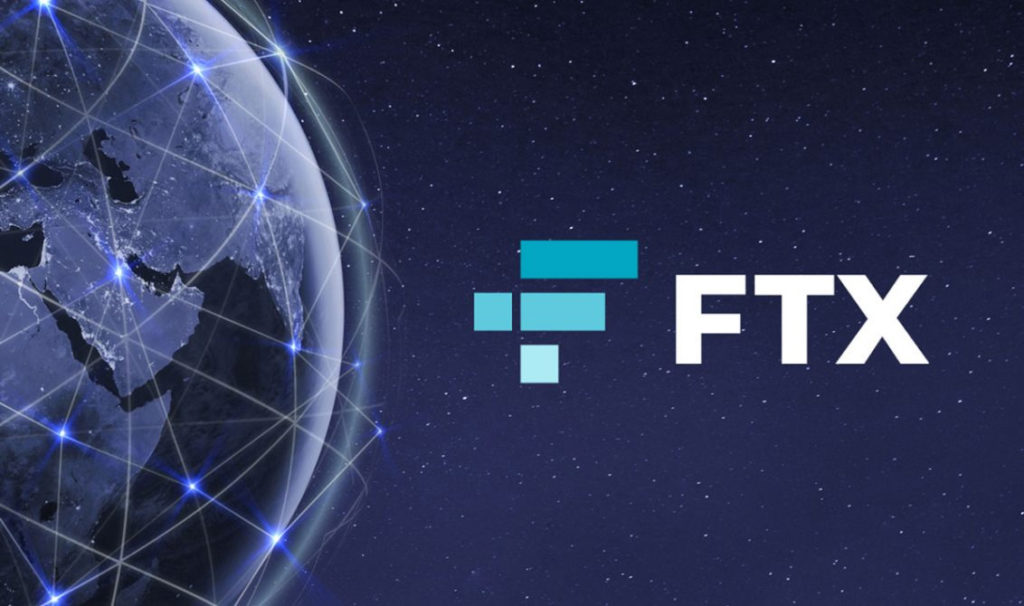
Launching a derivatives market on Ether's beacon chain would provide liquidity to investors who cannot exit stakes. This is because the deposit agreement will be a one-way bridge at least until phase 1 of Eth 2.0, also known as Serenity.
However, some exchanges such as FTX are trying to launch markets for "Beacon chain ether" (BETH) or tokenized ether in staking, or with ether in staking in the Eth 2.0 deposit agreement.
Beacon Chain Ether
One-way traffic in Eth 2.0 was a design decision made to stop the formation of a second tradable ether asset, Ethereum Foundation researcher Justin Drake said in a tweet.
In fact, Ethereum co-founder Vitalik Buterin has expressed doubt as to who would provide liquidity for a token representing ether in staking. "Just switching ETH to the Eth2 chain is not profitable," he said.
But that reasoning wouldn't necessarily prevent exchanges, for example, from creating a token that acts as an IOU for funds in staking, Coin Metrics co-founder Jacob Franek explained in another tweet thread (The idea is stronger when you consider the decentralized finance (DeFi) token boom this summer).
He claimed that a secondary market for ether in staking it would only be as deep as the amount of ether locked into the deposit agreement. Its trading quality will also depend on whether market makers start actively trading the theorized asset.
Effects on the secondary market
The value of the token traded on the secondary market would be linked not only to the underlying inflation premiums that stakers receive - between 8% and 15% per annum - for depositing ether in the Beacon Chain, but also to the inherent risks deriving from trading of a product developed on the Eth 2.0 blockchain under construction.
For example, penalties for not validating the new one affect ether deposits. Those penalties, at some point, would affect how ether tokens in staking would be exchanged.
A secondary market of ether in staking would likely be related to the amount of ether held in a centralized exchange for lo staking. This could create problems for some exchanges with the concept of security, said Hasu, who defined the business as "staking of derivatives or staking of security or securitized stake ".
